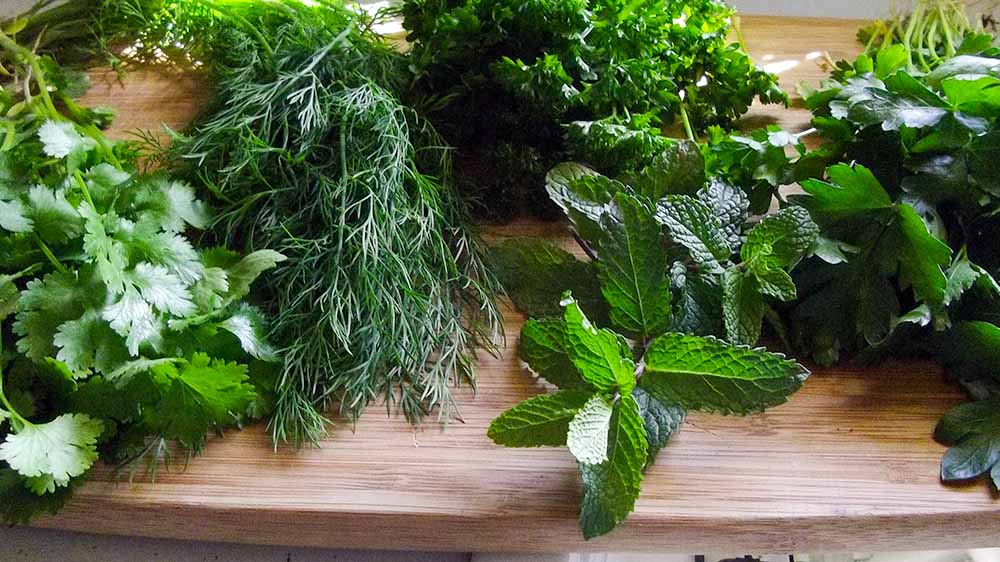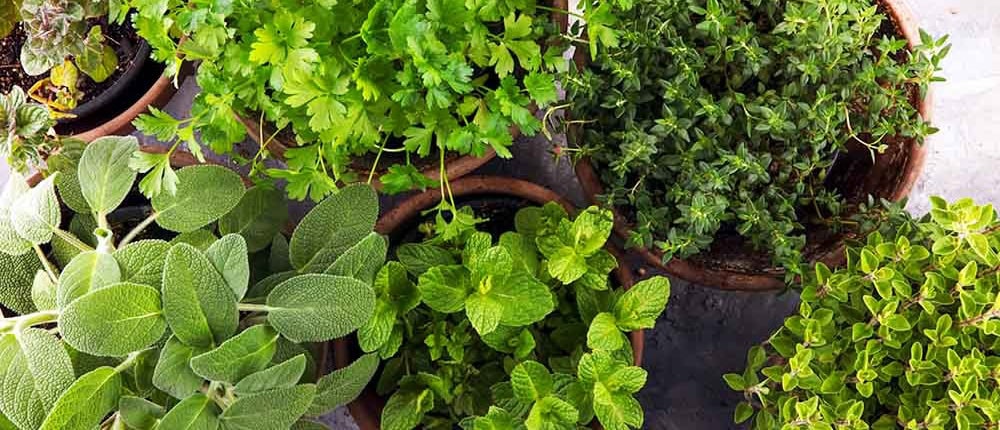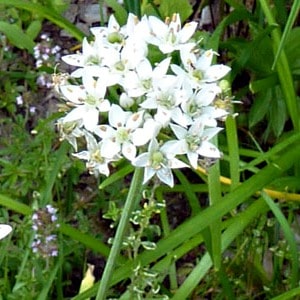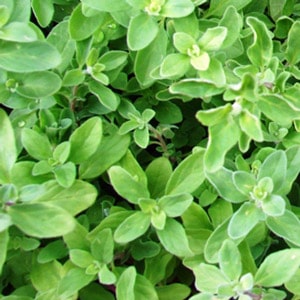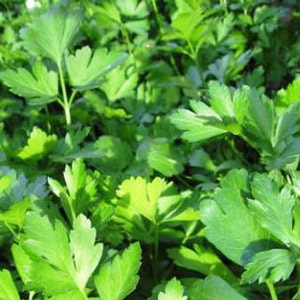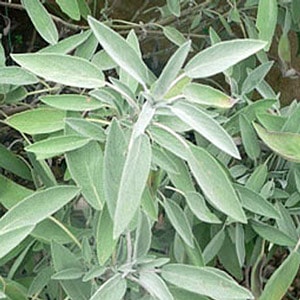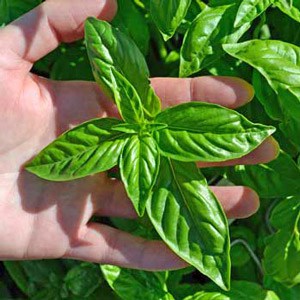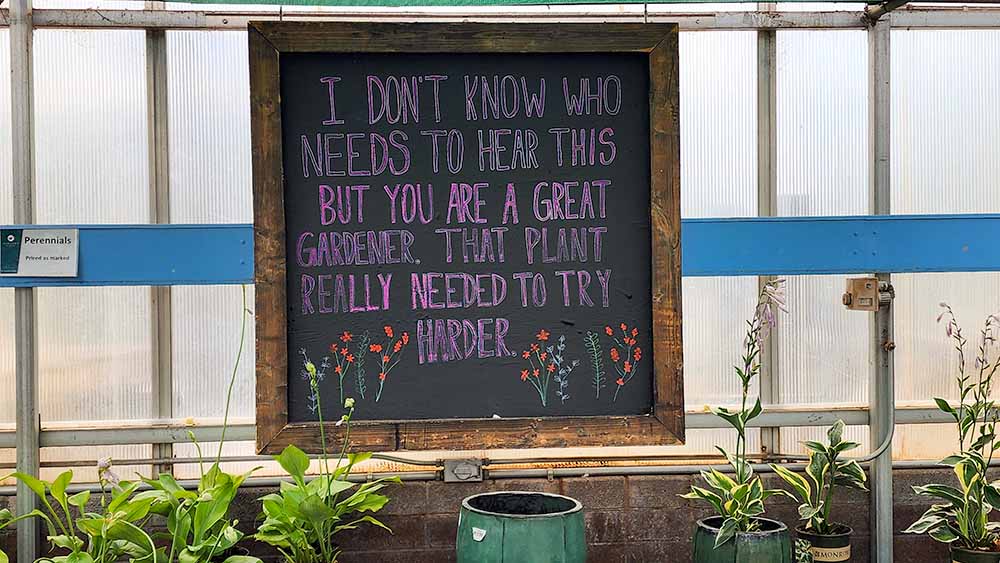Indoor Herbs
A Guide to Growing Fresh Flavors Year-Round
Herbs are the unsung heroes of the plant world, offering far more than just visual appeal. They infuse your home with delightful scents, add depth and complexity to your cooking, and even help to keep pesky insects at bay.
A traditional outdoor garden may be out of reach if you live in an apartment or a small house or share your space with others. Cultivating a few versatile herbs indoors is an easy and rewarding way to bring nature’s bounty into your home.
In colder climates, fresh herbs often struggle to survive outdoors during the late fall, winter, and early spring months. However, our desire for fresh flavors persists year-round! Growing a selection of herbs in containers easily moved indoors allows you to enjoy their vibrant taste and aroma no matter the season.
Kitchen Herb Garden Goals
A primary goal for any home chef is to have fresh herbs readily available for salads, stir-fries, sauces, soups, and stews. The flavor that fresh herbs bring to the dinner table is simply unparalleled!
I always recommend starting small with any new gardening project—it’s easier to manage and prevents feeling overwhelmed.
This principle applies to indoor herb gardening, but remember to ensure you have a sufficient yield for your winter kitchen needs.
While a small pot of parsley or a few basil plants add charm to your kitchen, they might not yield enough for more than a single salad or a small batch of tomato sauce.
Another principle I always advocate is setting yourself up for success. In this case, consider using larger pots with more plants of fewer herb varieties. Three 12- or 18-inch containers planted with oregano, thyme, and sage will yield a plentiful supply for your winter cooking needs. Three containers are also manageable in terms of care and watering.
Creating an Indoor Herb Garden Setup
Consider using a dedicated plant table if you have ample space or require additional light for your indoor herbs. It offers space for your herbs, storage underneath, and the option to add overhead lighting if necessary.
A rolling wire rack is a simple yet effective plant table solution. The wheels provide mobility, allowing you to position it wherever it’s most convenient. You can find these racks at most home improvement or kitchen supply stores. While higher-quality racks might cost a bit more initially, they offer greater durability and can last for years. Most racks come with five adjustable shelves. Utilize only the necessary shelves—we typically use three: one at the bottom for storage, one in the middle for the plant containers, and the top shelf for suspending lights.
Herbs in pots
Growing Herbs Inside
Cultivating a thriving indoor herb garden is easier than you might imagine. Providing optimal growing conditions is vital, and here’s what you need to ensure your herbs flourish year-round.
Light—Most herbs flourish in full sun and require 6-8 hours of sunlight daily when grown indoors. A sunny, south-facing window is ideal, but you can also supplement with LED grow lights above your herbs. Combine natural sunlight in the morning with artificial light in the afternoon for a balanced approach. Remember, full-spectrum LED lights mimic natural daylight and promote healthy growth.
Temperature—Most herbs thrive in comfortable room temperatures, ideally between 60-70°F. If your home gets warmer in the winter, relocate your herbs to a cooler spot and watch the soil moisture to prevent them from drying out. Aim for a slight temperature difference between day and night, with warmer days and cooler nights.
Air circulation—Good airflow is crucial for indoor herbs. Stagnant air can encourage mold and fungal issues. A small fan on a low setting, positioned a few feet away from your plants, will create gentle air movement and promote their well-being.
Humidity—Watch your herbs’ leaves for signs of dryness, such as browning edges, curling, or cracking. Place a tray filled with pebbles and water under the pots to boost humidity, keeping the water level below the pots’ drainage holes. This creates a humid microclimate around your plants as the water evaporates.
Soil—Choose a high-quality, bagged potting mix that is OMRI-listed (Organic Materials Review Institute) for organic gardening. These mixes are formulated with essential nutrients to support healthy growth and are widely available at garden centers. They’re affordable; one bag should be enough for multiple large planters.
Fertilizer—Container-grown herbs require more frequent feeding than those in the ground. Provide enough fertilizer to sustain growth, but avoid overdoing it, which can lead to leggy plants and reduced flavor. A diluted seaweed or fish emulsion fertilizer, applied at half-strength once or twice a month, is a good option.
Water – Most herbs dislike soggy roots and overly wet soil. As a general rule, water less frequently but more deeply. Allow the soil surface to dry out slightly between waterings. When you water, do so thoroughly until excess water drains from the bottom of the pot. This helps flush out any accumulated salts from the fertilizer. If water doesn’t come out, ensure the drain holes in the bottom of the pot aren’t clogged. If they are, open them up with a small stick. If the roots have overgrown the drain holes, it’s time to divide the plant root and repot it.
Choosing Your Herbs
Now that you understand the fundamentals of indoor herb care, let’s explore eight herbs that flourish indoors, starting with the easiest ones to grow.
Kitchen Garden Herbs
A Closer Look
Garlic chives in blossom
Garlic Chives
(Allium tuberosum)
These perennial herbs reach a height of about 2 feet. To thrive, they require ample sunlight – about 8 hours daily – or bright artificial light to prevent yellowing. Plant them in well-drained soil and water when the top layer feels dry. Ensure adequate space between plants for good air circulation. While they prefer daytime temperatures in the 70s°F and nighttime temperatures in the 60s°F, they can tolerate temperatures as low as the mid-40s°F.
Harvest by snipping stalks at the base, leaving about an inch above the soil. A single plant typically suffices for a family’s culinary needs. As a bonus, garlic chives offer beautiful clusters of white, star-shaped flowers that emit a delightful rose-like fragrance! They gradually spread to fill their container and can produce for several years if provided with enough soil volume for root growth. Once the pot becomes overcrowded, divide the root mass and repot.
True Greek oregano
Oregano
(Origanum heracleoticum)
This perennial herb grows to approximately 1 ½ feet tall. It thrives in full sun or under 6-8 hours of daily light, planted in nutrient-rich, well-drained soil. Water thoroughly when the soil surface feels dry. Oregano prefers daytime temperatures in the 70s°F and nighttime temperatures in the 60s°F but can withstand temperatures as low as the high 40s°F.
As they share similar environmental needs, Marjoram, sage, and thyme make excellent companion plants for oregano.
You can start harvesting its leaves once the oregano plant is well-established and bushy. Regular trimming will help maintain its shape, prevent it from becoming too sprawling, and ensure good airflow.
Expect your potted oregano to remain productive for one to two years. If it becomes too woody for indoor use, transplant it to your outdoor garden in late spring.
Sweet Marjoram
Marjoram
(Origanum majorana)
Another perennial, marjoram reaches about a foot in height. It favors full sun and well-drained soil. Water when the soil surface starts to dry; marjoram is more tolerant of slightly drier conditions than many other herbs. Like oregano, it prefers daytime temperatures in the 70s°F and nighttime temperatures in the 60s°F but will continue to grow even when temperatures dip to the high 40s°F.
Marjoram thrives indoors. Regular trimming helps maintain its bushy form and encourages new growth. It will naturally spread to fill its container. When the pot becomes full, divide and repot the plant, sharing the bounty with friends and neighbors.
Potted marjoram plants typically remain productive for one to two years indoors. Afterward, you can transplant them to your outdoor garden.
Besides its culinary uses, marjoram releases a delightful fragrance that fills any room with its sweet aroma.
English thyme
Thyme
(Thymus vulgaris)
A hardy perennial, thyme grows low to the ground, reaching about 4 inches in height but spreading up to a foot wide. While it tolerates indirect light, it prefers at least six hours of direct sunlight daily. Maintain daytime temperatures around 70°F and nighttime temperatures around 60°F. Water thoroughly each time, allowing the soil surface to dry slightly before the next watering.
Thyme can remain productive for over two years in a pot. However, repotting is necessary once the roots become overcrowded. Consider moving your thyme outdoors during the warm months, from late spring to the end of summer. Start by acclimating it to a partially shaded spot, then gradually introduce it to full sun.
Thyme is a breeze to grow. Its fragrance perfumes the air and imparts a delicate aroma and flavor to dishes. Harvest sprigs once the plant has plenty of foliage. You can easily strip the leaves from the stems by running your thumb and index finger along their length.
Thyme leaves, fresh or dried, can be used in a variety of culinary applications. For an extra layer of flavor, add sprigs to simmering stocks.
Flat leaf parsley
Parsley
(Petroselinum crispum)
This biennial herb grows to approximately 1 ½ feet tall. It thrives in full sun or under 6-8 hours of light per day but can tolerate partial sun or indirect light. It prefers daytime temperatures in the 60s°F and nighttime temperatures in the 50s°F, though it can continue to grow in temperatures as low as the low 40s°F.
Maintain lightly moist soil. After watering, allow excess water to drain from the catch basin to prevent soggy roots.
Parsley appreciates a bit of extra humidity, making the kitchen an ideal location. Consider placing the pot on a pebble tray filled with water if the leaves appear dry or brittle. The evaporating water will increase the humidity around the plant.
Harvest by snipping a few outer leaves, allowing the rest to grow. Parsley can remain productive indoors for six to nine months and can be moved outside during the warmer months, from late spring to early fall.
Common sage
Sage
(Salvia officinalis)
This perennial herb can grow to about 2 ½ feet tall. Sage prefers full sun, ideally at least 8 hours of light daily, and nutrient-rich, well-drained soil. Its preferred temperature range is similar to other herbs: daytime temperatures in the 70s°F and nighttime temperatures in the 60s°F. It will continue to grow even when temperatures drop to the low 40s°F. Water thoroughly, but allow the soil surface to dry slightly between waterings.
Sage remains productive indoors for one to two years. Transplant it to your garden if it becomes too woody for indoor use. Regular trimming helps maintain a bushy shape and provides extra leaves for drying and later use.
Fresh sage is indispensable for holiday stuffings and roast poultry. It also adds a wonderful aroma and flavor to winter soups and stews.
Ready for a Challenge?
If you’ve successfully grown the above herbs, consider trying these two slightly more demanding options. If you’re new to indoor herb gardening, start with some easier choices to gain experience first.
Dukat dill
Dill
(Anethum graveolens)
Dill is an annual herb that can reach up to 2 feet tall. It thrives in full sun or under 6-8 hours of light daily and prefers nutrient-rich, well-drained soil. Due to its long taproot, dill requires at least 12 inches of soil depth to flourish. A pot that’s one to two feet deep is ideal.
Water dill when the soil surface feels dry to the touch, ensuring ample space between plants for good air circulation. While it prefers daytime temperatures in the 60s°F and nighttime temperatures in the 50s°F, it will continue growing even in temperatures as low as the mid-40s°F.
Sow dill seeds directly into the pot, then thin the seedlings to about three plants per 8-inch pot. Young plants may require staking for support until they mature.
Expect your dill plants to be productive for two to four months indoors. Harvest the lower leaves as needed for cooking. Under favorable conditions, the plant may flower, yielding fresh dill flowers and seeds. The seeds start to mature approximately 2-3 weeks after flowering. Once the flowers have faded and the seeds have hardened, trim the stalks and place them in a paper bag to dry for about a month. Shake the bag to release the seeds, which can then be stored for later use.
Genovese basil
Basil
(Ocimum basilicum)
Basil is an annual herb that typically grows to around 2 feet tall. It loves full sun or at least 8 hours of light per day and thrives in nutrient-rich, well-drained soil. Basil is sensitive to water stress, so ensure your pots have excellent drainage. Keep the soil consistently moist but never soggy. It should feel slightly damp to the touch but not wet.
Basil prefers daytime temperatures in the 70s°F and nighttime temperatures in the 60s°F. Temperatures below 50°F can negatively impact its growth. Like its outdoor counterpart, indoor basil requires plenty of light.
Harvest basil leaves as needed for cooking by snipping them with scissors. A single plant can provide a family with fresh basil throughout the winter! Regularly pinch off the young flower bud tips to encourage bushier growth and prevent flowering.
With consistent flower bud trimming, your basil plants should yield a continuous supply of leaves for three to six months.
Great gardener quote
Ready to Grow?
You’re now equipped with the knowledge and resources to embark on your indoor herb-growing journey. Select the herbs that best suit your needs and preferences, and let this article serve as your guide.
For further inspiration and practical tips, check out our additional resources:
- “Starting Seeds at Home” provides valuable insights into seed germination and sprouting.
- “Potting Soils—The Good, The Bad, and The Ugly” will help you choose the perfect potting mix for your herbs.
Growing an indoor herb garden is rewarding, whether you’re a culinary enthusiast or simply crave the fresh fragrance of herbs.

